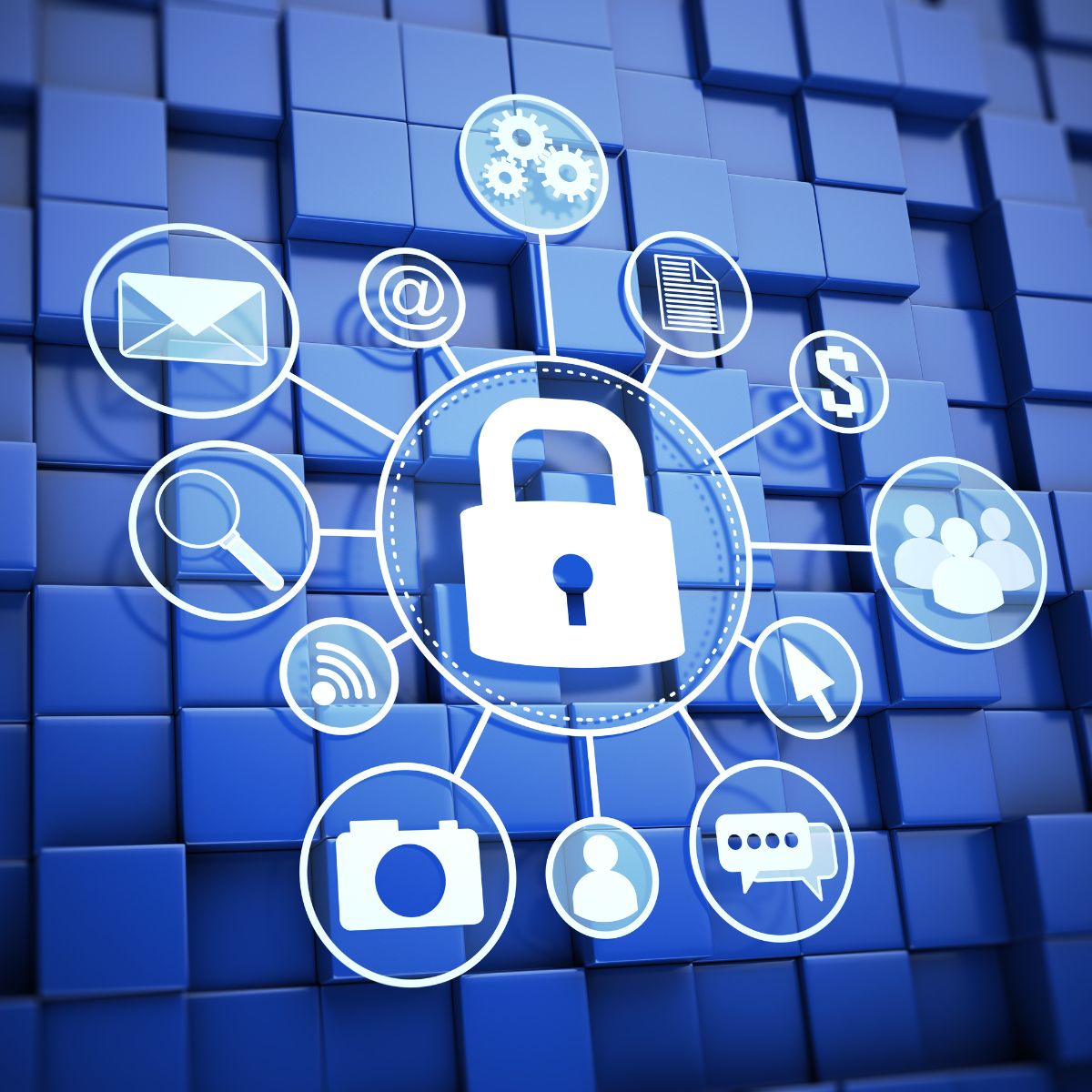
What is Indoor positioning?
Indoor positioning is the process of determining the location of something or someone indoors within a building, in this article let us review indoor positioning benefits.
Indoor locations are usually characterized by limited space, so the technology used for indoor positioning needs to be able to work accurately in small and big areas. Indoor positioning can be used for a variety of purposes, such as tracking inventory in a warehouse, a hospital, or a clinic and as well locating people or things in a building during an emergency. Indoor positioning can be reactive or active. Reactive indoor positioning reacts to changes of an object: for example if the device started to move (or was moved by someone) and that triggers the alarm. Active indoor positioning is used in situations where personnel or patients must be constantly supervised.
There are many different technologies that can be used for indoor positioning, including Bluetooth low energy (BLE) tags or smartphones, WiFi-based indoor positioning systems (IPS), WiFi, DECT, NFC tags, and GPS. Each of these technologies has its own advantages and disadvantages, so the best indoor positioning solution for one application may not be the best accuracy.
How does an indoor positioning system work?
Indoor positioning is the process of determining the location of various devices or people indoors in enclosed areas. This can be done using a variety of methods, including GPS, WiFi, Bluetooth, DECT, NFC tags and RFID. Indoor positioning is often used in conjunction with indoor mapping, which is the process of creating a map of an indoor area. Indoor positioning can be used for a variety of purposes, including asset tracking, navigation, lone worker protection, emergency management, and other situations.
BLE beacons and WiFi are the most commonly used technologies for indoor positioning. GPS signals are as well able to penetrate buildings and can be used to determine the location of a device indoors, but that is not the most efficient solution for indoor positioning mainly because it‘s not possible to distinguish between different floorplans inside the same building.
Both WiFi and Bluetooth signals can be used to triangulate the location of a device. RFID is another method of indoor positioning that uses radiofrequency identification tags.
The other very effective indoor positioning technology is Bluetooth. Bluetooth beacons (MobiBeacons) can be placed on devices or people, and their location can be tracked using an RFID reader.
Usually, beacons are placed in fixed positions in the venues and then their signals are read from devices that send the beacon’s signal to be located to the location engine.
Indoor mapping is often used in conjunction with indoor positioning. Indoor maps can be used to help people navigate an indoor space. indoor maps can also be used for asset tracking and safety purposes.
What do you need to install indoor positioning?
In order to create an indoor positioning system, you will need a few key components.
If you decide to use Bluetooth technology, first, you will need a network of indoor positioning beacons. These beacons emit low-power signals that can be detected by nearby devices, allowing them to triangulate their position. You will also need a device management system to configure and manage your beacons. Finally, you will need an indoor mapping solution to visualize your indoor space and track the position of devices within it. With these components in place, you can begin to roll out indoor positioning in your facility.
Indoor positioning can become a crucial tool for your business to locate your employees or patients.
It can help you to react fast to any emergency situation and solve disastrous situations in the fastest manner.
Here are the five benefits of indoor positioning for companies that you need to know.
Indoor positioning benefits for businesses
1. Improved safety and security of your staff:
With indoor positioning, you can keep track of your employees or patients at all times. In case of an emergency, you will be able to locate them immediately and take the necessary steps to ensure their safety. Once you are able to locate people in the fastest manner, you can as well provide help in the most efficient way.
2. Increased efficiency:
Indoor positioning can help you to optimize your workflows and operations. For example, if you need to locate a particular employee, patient, or asset, you can use indoor positioning to find them quickly and efficiently.
3. Better customer service:
Indoor positioning can improve the way you serve your customers. For example, if you are a retailer, you can use indoor positioning to guide your customers to the products they are looking for.
4. Enhanced security:
Indoor positioning can help you to improve the security of your premises. For example, if you are a hospital, you can use indoor positioning to track the movement of patients and staff members while enabling security or emergency personnel to react faster.
5. Reduced costs:
Indoor positioning can help you to reduce your operating costs. For example, if you are a retailer, you can use indoor positioning to track the movement of inventory and optimize your staffing levels. You can as well add an indoor positioning system to your existing infrastructure and adapt it accordingly to your needs in the future. The whole infrastructure of your indoor positioning system can be used even if some changes will be implemented.
New Voice International indoor positioning business cases
New Voice International has many years of experience in indoor positioning and our team shares a great passion for indoor positioning projects.
We have just finished a project where we installed a whopping 1500 beacons to track the staff and the patients in the local hospital in Zürich. In this indoor positioning project we as well combined indoor positioning with outdoor positioning – it is a perfect solution when you can track your people or assets not only in the buildings but outside them as well. Please have a look at the full story here: EPI indoor positioning.
Another project we have done is in Zugersee Klinik where we combined two technologies: DECT and Bluetooth. Please have a look here: Zugersee Klinik indoor positioning.
Indoor positioning is a crucial business tool that helps you to ensure the highest level of security while at the same time minimizing business costs and avoiding stressful situations.
If you are interested in indoor positioning benefits and are looking for business solutions, we would be more than happy to help you.







